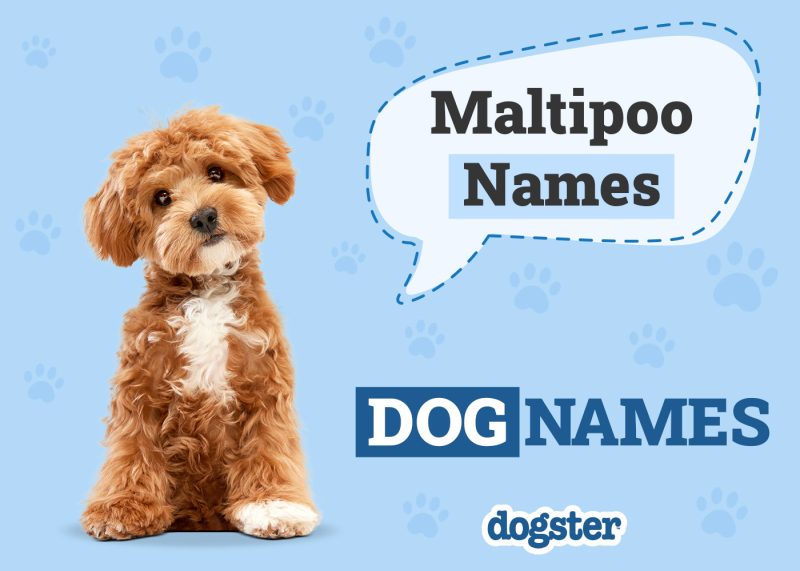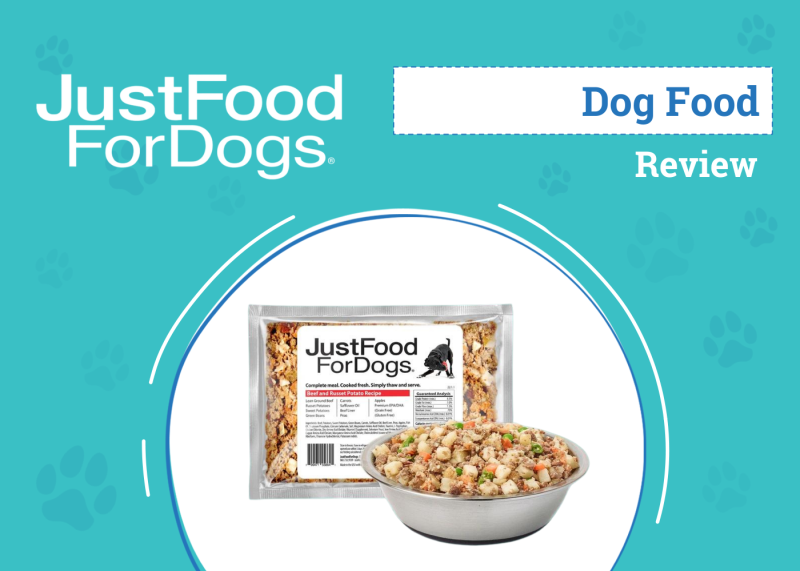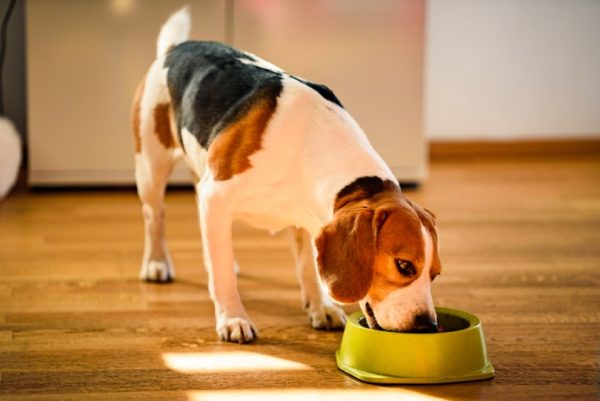In this article
View 5 More +A dog’s mammary glands function to produce milk to nurture her offspring. Dogs usually have five pairs of mammary glands along their belly and chest, but they can have a few more or less. Unfortunately, these mammary glands can sometimes be afflicted by a painful condition called mastitis, an inflammation of the mammary glands.
Some forms of mastitis are more common than others, and dogs with puppies are most commonly affected. Read on to learn more about mastitis in dogs and what to do if you think your dog has mastitis.

What Is Mastitis?
Mastitis is inflammation of the mammary gland. According to a study, mastitis occurs in 13.2% of canines giving birth.1 A larger litter size and congestion of the mammary gland were risk factors for developing mastitis.
- Acute Mastitis: Sudden-onset inflammation of the mammary gland.
- Chronic Mastitis: Mastitis that is ongoing, usually because it is subclinical.
- Septic Mastitis: Mastitis that is caused by an infection, usually bacterial. Escherichia coli, Staphylococcus spp, and Streptococcus spp are the most common causes. It’s usually acute, but sometimes, if mild and untreated, it can become chronic.
- Non-septic Mastitis: Mastitis without an infectious cause. This can be acute or chronic.
- Subclinical Mastitis: Mastitis with no clinical signs other than the puppies’ failure to thrive. It is usually chronic in duration.
- Gangrenous Mastitis: Mastitis that leads to necrosis of the mammary tissues.

What Are the Signs of Mastitis?
Sometimes, mastitis has no signs other than puppies not growing and thriving as they should. This is because mastitis causes the nutritional quality of the milk to be poor. It can sometimes also lead to the poisoning of the puppies with bacteria and bacterial toxins from the milk, known as “toxic milk syndrome.”
- Swollen mammary glands
- Mammary glands hot to touch
- Wounds on the mammary glands
- Pain
- Reluctance to nurse
- Inappetence
- Fever
- Discolored milk
- Vomiting
- Lethargy
- Low blood pressure
- High heart rate
- Necrosis (cell death) of mammary tissue- cold, discolored tissue
If you suspect your pet is suffering from mastitis, you should contact your vet directly for an assessment. They can provide you with more information and a care plan.
What Are the Causes of Mastitis?
There are multiple causes of mastitis, depending on the type of mastitis. The most common scenario is when a mother dog is nursing her puppies, and bacteria surrounds the nipple and ascends the open teat canal.
This leads to bacterial infection of the tissues inside the mammary gland, which occurs especially in unhygienic conditions. In other cases, the puppy’s teeth and nails cause skin cuts, which allow bacteria to enter the mammary tissue.
Sometimes, mastitis occurs when the mammary gland becomes congested due to more milk being produced than what is consumed, such as with a false pregnancy or the death of the puppies. This can lead to septic or non-septic mastitis.
Dogs that have not had a litter can also get mastitis. Mammary neoplasia can present with mastitis, which can be sterile or septic and acute or chronic. Mammary hyperplasia is an overgrowth of the mammary glands that causes mastitis. It’s rare but typically occurs after a dog’s first heat and causes one or more firm and enlarged glands.

How Do I Care for a Dog With Mastitis?
The first step is to take your dog to the veterinarian. Your vet will be able to examine your dog, take into consideration their history, and perform any necessary testing to reach a diagnosis of mastitis. They will then provide you with a treatment plan.
The veterinary treatment plan may include some at-home care. You should discuss any of the following interventions with your veterinarian before implementing them, but they may discuss measures to reduce the swelling in the mammary glands.
If your dog has puppies and septic mastitis, a hot compress on the mammary glands, followed by milking the gland every 6 hours, can help clear the infection. You should also use a dog-safe antibacterial solution on and around the nipples to kill bacteria and prevent further infection.
For cases of mammary congestion, cold packs or compresses will reduce the blood flow to the area, which will slow down milk production and ease inflammation. Cabbage leaves can also be applied to the affected mammary gland and held there for 2 hours by a bandage.
There is evidence that this works to relieve pain and swelling, but we don’t know why. In any case, it can’t hurt.
What to Expect at the Vet
After consulting with you and examining your dog, including looking at the mammary glands and checking her vital signs, your vet may or may not need to run further tests. These tests may include blood tests, cytology, culture and sensitivity, biopsy, or imaging of the mammary tissue.
These tests may be necessary, especially in cases where the dog is very ill or has not had puppies recently. Remember, cancer can cause mastitis, and that’s not something you want to miss since 50% of mammary cancers in dogs are malignant.
Most commonly, your veterinarian will prescribe medications like antibiotics and pain relief as needed and give you take-home care instructions. If the mastitis is severe, your dog may have to be hospitalized for fluid therapy and medication administered by injections.
If there is mammary cancer or severe infection/ necrosis of the mammary glands, surgery might be recommended.


Frequently Asked Questions (FAQ)
Can Mastitis Go Away on Its Own?
Mastitis with clinical signs is an emergency and will not resolve on its own. Left unchecked, it can spread from one mammary gland to the rest. Then, more severe consequences, already mentioned in this article, can occur (sepsis, gangrenous mastitis, death of mother and pups).
Mild cases of mastitis can sometimes resolve independently, but in those cases, your dog will not show signs of mastitis. Remember also that mild infections can linger, leading to chronic, subclinical mastitis, which won’t hurt your dog but will affect the puppies through poor milk quality and potentially even toxic milk syndrome.
How Can I Prevent Mastitis?
Mastitis is most prevalent in female dogs that have not been spayed. Spaying reduces the risk of mammary tumors and false pregnancies that can lead to mastitis. It also eliminates the chance of having a litter, which carries a risk of mastitis.
If your dog is having puppies, pay attention to the hygiene of her enclosure and bedding. Use disposable material to line the whelping box and change this a few times daily. Also, it’s vital to scrub the area and clean it using a dog-safe disinfectant.
If the mother gets dirty, wash her in a gentle dog shampoo. Trimming and filing the puppies’ nails will keep them blunt and reduce the risk of creating open wounds as a route for bacteria. When the pups are feeding, make sure all mammary glands are being used to reduce the risk of congestion.
Do I Have to Wean Puppies if Their Mother Has Mastitis?
There is no one answer to this question, and some veterinarians have different opinions.
There are some cases when the puppies will have to be weaned, including:
- The medication given to the mother will negatively affect the puppies through the milk.
- There is a high risk of toxic milk syndrome, where puppies develop sepsis and other complications from drinking infected milk.
- The mother refuses to nurse or is aggressive toward the puppies, likely due to pain.
- The puppies aren’t getting enough nutrition due to low milk quality or quantity.
If only one mammary gland/ nipple is affected, puppies can nurse from the other nipples if the mother permits it. In humans, it is sometimes recommended to keep nursing, which helps clear the infection. Opinions differ in the veterinary world due to the mother dog’s inability to understand why the puppy is causing her pain.
If the infection is mild, your veterinarian may recommend to continue nursing in the teat with mastitis. If you decide to wean the puppies off one or more teats, you can cover them with bandages to prevent access.
You should consider the developmental, social, and cognitive benefits of being with the mother, as maternal care leads to behavioral benefits later in life. Since there are so many factors, you should ask your veterinarian if you should wean the puppies.

Conclusion
Acute mastitis is considered a medical emergency, and when left untreated, the mother and pups can die. The good news is that mastitis has a good prognosis when treated early, but it can take 2 to 3 weeks to resolve on average. Each case of mastitis is unique, so follow your veterinarian’s care instructions and ask them any questions you may have.
Featured Image Credit: Hanna Dymytrova-kaihila, Shutterstock



















